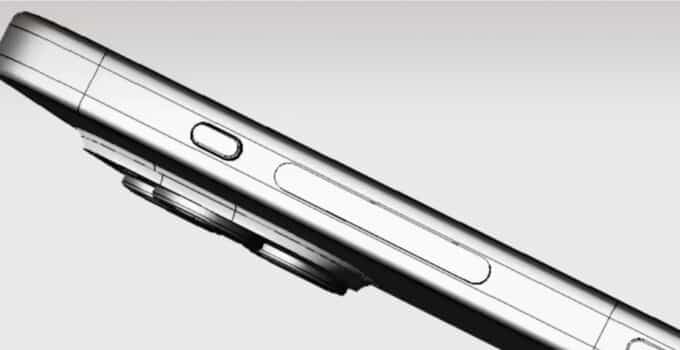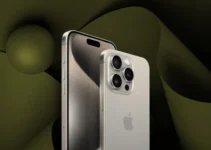iPhone 15 Pro, what happens to the solid-state keys if the battery is dead? iPhone 15 Pro and Pro Max will use a new ultra-low-energy microprocessor that will allow some features like new solid-state capacitive buttons to remain functional even when the phone is turned off or the battery is low.
Spatial audio in cars, Apple in talks with car manufacturers
The news comes from a MacRumors source who teased several very accurate details about Dynamic Island last year before the iPhone 14 was officially launched.
According to this source, the new microprocessor will replace Apple’s current ultra-low-energy mode that allows an iPhone to be located via “Find my” after it’s been turned off or for up to 24 hours if its battery is low, and also enables the Pay Express mode to be used up to five hours after the battery has run out.
The new chip will presumably take over existing Bluetooth LE/Ultra Wideband functions as well as power solid-state buttons — including an “action” button that replaces the mute switch — when the phone is on, off, or the battery is low. The microprocessor “will instantly detect a capacitive button press, hold it down, and even detect your own version of 3D Touch with the new volume up/down button, action button, and power button, even if the phone is off.”
The source also says the new low-power capacitive features are currently being tested with and without Taptic Engine feedback while the phone is off, but not if the battery is dead, however “whether or not this new feature makes it to production is highly uncertain, but is currently in the testing phase.”
The source says Apple is working on two functional versions of the alleged new unified volume button, including one where the volume goes up/down faster depending on the amount of force used when pressed, and another where the volume can be adjusted by swiping up and down on the button with one finger. At the moment it is not known which method will be adopted for the final version of the iPhone 15 Pro and Pro Max, but these features are enabled via software, so Apple could leave the choice to the user.



